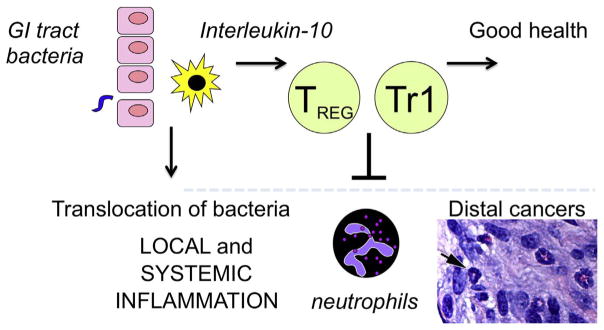Fig. 2. Bacteria from the environment interface with mammalian biology via vast mucosal surfaces of the GI tract.
Gut epithelial cells and antigen-presenting cells comprise the initial interactions with GI tract bacteria. Innate and adaptive immune cells amplify signaling to eliminate pathogens and stimulate tissue repairs. Subsequently, Interleukin-10 and regulatory T (Treg) cell subsets enforce local homeostasis to minimize collateral tissue damage. Rapid return to homeostasis stabilizes epithelial barriers to reduce translocation of bacteria [sepsis] and restore lower systemic inflammatory tone. Infiltrating neutrophil precursors are important mediators of cancer. Shown are neutrophil precursor cells (arrow) in the stroma of mouse mammary cancer. Bar=25 μm.

